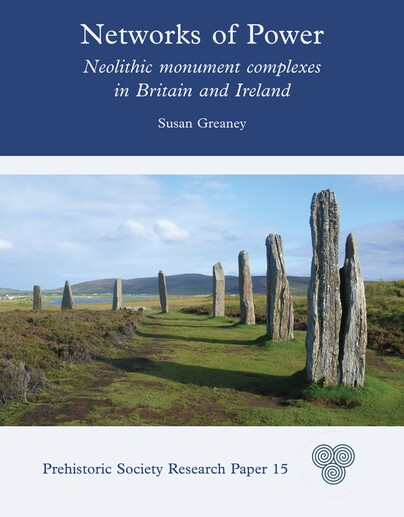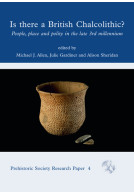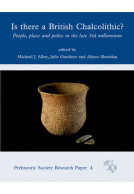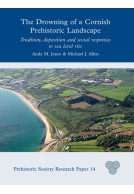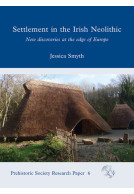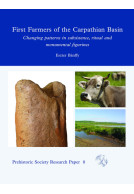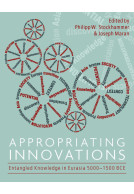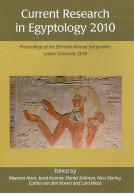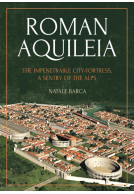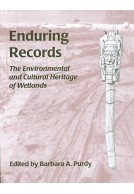Google Books previews are unavailable because you have chosen to turn off third party cookies for enhanced content. Visit our cookies page to review your cookie settings.
Networks of Power (Hardback)
Neolithic Monument Complexes in Britain and Ireland
Imprint: Oxbow Books
Series: Prehistoric Society Research Papers
Pages: 200
Illustrations: 100 colour and B/W illustrations
ISBN: 9798888571880
Published: 17th October 2025
Script Academic & Professional
Series: Prehistoric Society Research Papers
Pages: 200
Illustrations: 100 colour and B/W illustrations
ISBN: 9798888571880
Published: 17th October 2025
Script Academic & Professional
You'll be £28.00 closer to your next £10.00 credit when you purchase Networks of Power. What's this?
+£4.99 UK Delivery or free UK delivery if order is over £40
(click here for international delivery rates)
Order within the next 1 hour, 13 minutes to get your order processed the next working day!
Need a currency converter? Check XE.com for live rates
(click here for international delivery rates)
Order within the next 1 hour, 13 minutes to get your order processed the next working day!
Need a currency converter? Check XE.com for live rates
In the Neolithic period across Britain and Ireland a number of unusually dense concentrations of ceremonial monuments emerged and developed. These monument complexes share strikingly similar patterns of activity and common architectural types, and acted as nodal points in networks of shared ideas and circulating objects. This major synthesis examines the phenomena of monument complexes by exploring five key examples, Stenness-Brodgar in Orkney, Brú na Bóinne in Co. Meath, Ireland, Avebury and Stonehenge, both in Wiltshire, and Dorchester in Dorset. Why did complexes emerge in these locations? What was the trajectory of monument construction and other forms of activity? How do the chronologies and spatial organisation of these complexes compare?
Monuments built of earth, timber and stone provide important evidence for social organisation in the Neolithic period. The immense labour and co-operative demands of such projects have been viewed as evidence for the presence of powerful elites and hierarchies. However, direct evidence for social stratification is sparse, either from burials or settlements. This volume adopts a new approach to power, inspired by relational, new materialist and assemblage thinking, to explore how unequal power relations between people were mediated through non-human places and things at monument complexes. In a thematic structure exploring the underworld, surface world and upper world, including topography, geology, watercourses and celestial bodies, are explored. Relations of time are then examined, including the presentation of a detailed narrative for the Dorchester complex, based on new radiocarbon dating. Monument complexes emerge as places where people collaborated and negotiated with each other, through engagement with non-human places and times.
Other titles in the series...
Other titles in Oxbow Books...







